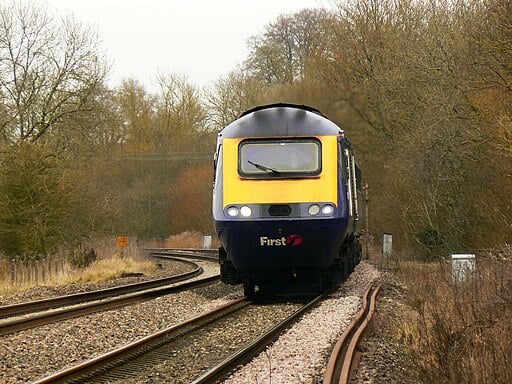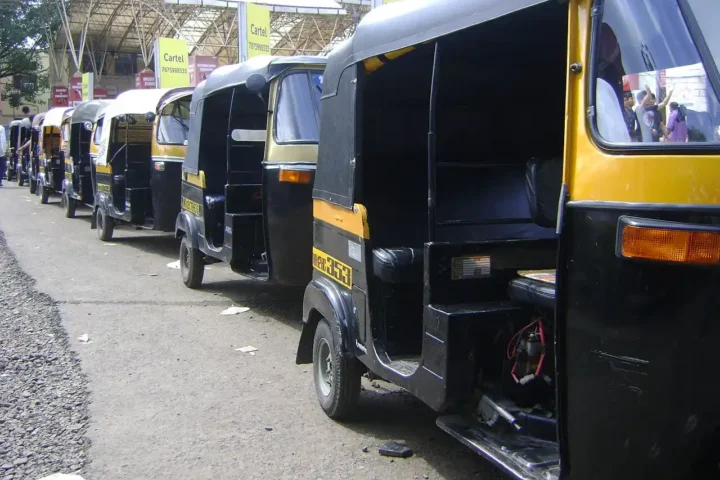The UK government has made a significant change in railway employment rules: starting December 2025, 18-year-olds can train to become train drivers. This marks a shift from the current minimum age of 20, opening up career opportunities for young people right after they finish school or college.
Why This Matters
The change comes as British railways face a pressing challenge. Nearly 90% of last-minute train cancellations happen because there aren’t enough drivers available. Making matters worse, about one-third of current train drivers will reach retirement age by 2029. The average train driver is 48 years old, highlighting the urgent need for new talent.
“At first I was a bit concerned,” says Bernard Kennedy, who has spent 33 years as a train driver. “But if you’re old enough to get married, to vote, to fight for your country, you’re old enough to be a train driver.”
What It Takes to Become a Train Driver
Despite what some might think, driving a train isn’t just about sitting in a cab and pressing buttons. New drivers must complete intensive training that typically takes 12 to 24 months. They need to master a thick rulebook (often called “the brick” or “the bible”), learn complex safety protocols, and understand how to handle various emergency situations.
For example, at Northern Railway, the pay starts at £26,000 during training and rises to £62,000 in three years. But the job demands unusual hours – including 3 AM starts – and requires “exceptional concentration skills in a low-stimulus environment.”
Tim Joyce, 53, who is switching careers after 30 years as a firefighter, explains: “You have to learn the rules but ultimately be ready to apply them in the real world.”
Safety Remains Priority
The change in age requirement doesn’t mean any compromise on safety standards. All new drivers, regardless of age, must pass strict medical and psychological evaluations. They also need to score at least 90% on their rulebook exam, with regular competency checks every two years.
Mark Phillips from the Rail Safety and Standards Board confirms: “Our research determined that 18-year-olds are capable of safely becoming train drivers.”
Looking at Other Countries
The UK isn’t pioneering this approach. France, Germany, the Netherlands, and Switzerland already allow 18-year-olds to drive trains. Even within the UK, London’s Underground has successfully employed 18-year-old drivers since 2007.
Impact on Diversity
As of 2025, less than 9% of train drivers are women, and less than 12% come from ethnic minority backgrounds. Mick Whelan, leader of the train drivers’ union ASLEF, believes this change could help: “Young people who want to become train drivers leave school at 18, get other jobs, and don’t wait around until they’re 20 to find a career.”
Real Challenges of the Job
While the pay might seem attractive, the job comes with significant demands. Drivers work in all weather conditions, often starting shifts before dawn. They need to maintain focus during long journeys and handle the pressure of being responsible for passengers’ safety.
“When you’re walking down a siding at 3:20 AM in the rain to get a train ready and it’s freezing cold, it’s not quite as pretty as when you’re rolling into a station in the sunlight,” Whelan notes.
The Road Ahead
The government expects the first group of 18-year-old trainees to start their journey toward becoming train drivers by December 2025. Train companies are now preparing their recruitment programs and updating their training materials to welcome these younger applicants.
This change represents more than just lowering an age requirement – it’s about ensuring Britain’s railways can continue running reliably for years to come. With proper training and support, these young drivers could help keep the country’s trains running on time, carrying millions of passengers safely to their destinations each day.


















